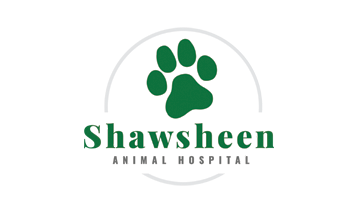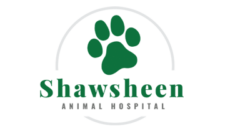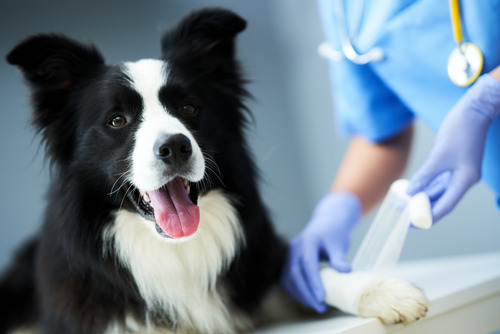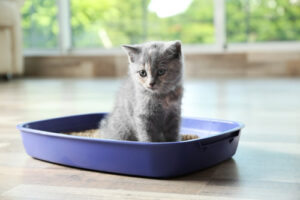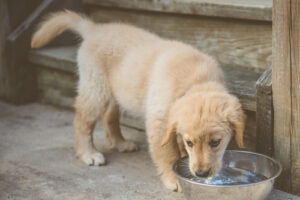When your dog sustains a cut on their paw pad, it can be a painful ordeal that warrants proper care and attention. The pads on the bottom of their paws are crucial for protection and mobility, and injuries here need to be handled with care to prevent complications. In this blog, we’ll explore how to appropriately respond to a dog cut paw pad, and when to seek professional help from Shawsheen Animal Hospital in Tewksbury, MA.
Recognizing the Severity of the Injury
It’s important to assess the severity of the cut on your dog’s paw pad. Minor cuts may only need cleaning and monitoring, while major injuries could require immediate medical attention. Signs of a minor cut include a small, clean tear without much bleeding, whereas a major cut may be deeper, bleed excessively, and have debris or dirt embedded within it.
Immediate Steps to Take
The first step in addressing a dog cut paw pad is to gently clean the area. Using lukewarm water and mild soap, carefully wash the cut to remove any dirt or debris. This can help prevent infection and give you a clearer view of the injury’s severity. Avoid using harsh chemicals or hydrogen peroxide which can irritate the wound further.
When to Contact a Vet
If the cut continues to bleed, appears deep, or if there is any sign of infection such as swelling, redness, or discharge, it’s crucial to contact Shawsheen Animal Hospital immediately. Our team can provide professional care and ensure a swift recovery. You can reach us at (978) 851-5558 or request an appointment online.
Preventing Infection
After cleaning the cut, lightly bandaging the paw can protect it from further injury and contamination as you prepare to visit a veterinarian. Use a breathable, soft bandage and secure it so that it’s snug but not tight. Monitor your dog to ensure they don’t chew on the bandage.
The Importance of Veterinary Care
Veterinary intervention is pivotal in cases of paw pad injuries. At Shawsheen Animal Hospital, our skilled veterinarians will thoroughly assess the cut, potentially perform a more detailed cleaning, and prescribe appropriate medication or treatment to promote healing and prevent complications.
Follow-up Care
Follow-up visits may be necessary to ensure the paw is healing properly. This could involve changing bandages, reassessing the need for antibiotics, and updating any pain management strategies.
Long-Term Paw Health
To prevent future injuries, consider implementing routines that maintain the integrity of your dog’s paw pads. This includes regular checks for debris and cuts, moisturizing the pads to prevent cracking, and using protective booties during extreme weather conditions or on rough terrain.
Caring for Your Dog’s Paws
Keeping your dog’s paw pads healthy is key to their mobility and overall well-being. Regularly inspect your pet’s paws for cuts, cracks, or foreign objects, especially after walks or play. If you ever have concerns about your dog’s paw health, contact us at Shawsheen Animal Hospital in Tewksbury, MA, at (978) 851-5558 or request an appointment online. We’re here to ensure your dog keeps on exploring happily and healthily.
